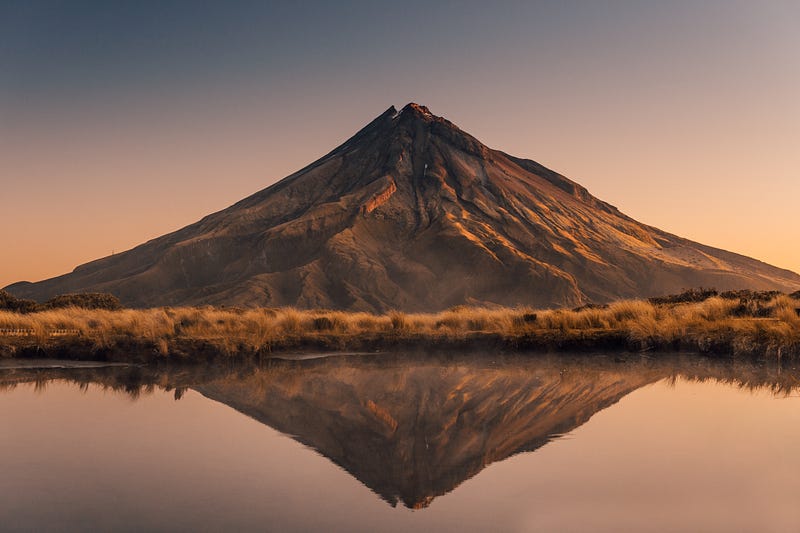Eruption of Yellowstone Supervolcano: Are We Due for a Blast?
Written on
The Yellowstone Supervolcano: An Overview
The Yellowstone Supervolcano ranks among the largest active volcanic systems globally, covering approximately 55 by 72 kilometers (34 by 45 miles). Nestled within Yellowstone National Park in Wyoming, USA, this extraordinary geological wonder attracts both tourists and researchers alike.
Current Status of the Volcano
Scientists believe that the last eruption of the Yellowstone Supervolcano occurred approximately 640,000 years ago, categorizing it as 'dormant.' This term indicates inactivity but does not imply extinction; thus, the volcano retains the potential for future eruptions.
Historical Eruptions and Future Predictions
Yellowstone has experienced three significant eruptions in the last 2.1, 1.2, and 0.64 million years, averaging an eruption every 725,000 years. This suggests that the next eruption could occur anytime within the next 100,000 years. However, predicting volcanic eruptions is not straightforward; much like earthquakes, volcanoes can be unpredictable. Therefore, even scientific models come with a degree of uncertainty.
While it might erupt tomorrow, it could just as easily remain silent for another million years. Continuous monitoring is essential. Scientists utilize advanced technology such as seismometers, infrared cameras, and gas detectors to observe the volcano for any signs indicating an upcoming eruption.

Potential Consequences of an Eruption
What if an eruption were to occur? Scientists have conducted numerous simulations to assess the potential impact. They anticipate that an eruption could create a sea of lava extending 30 to 40 miles from the volcano. Additionally, it would likely lead to global cooling, though it would not result in the extinction of humanity.
To understand future eruptions, researchers analyze past volcanic activities. Many studies suggest that a Yellowstone eruption could resemble the 1815 eruption of Mount Tambora, which released vast amounts of ash and sulfur dioxide into the atmosphere. This event blocked sunlight, resulting in what became known as the "Year Without a Summer," causing significant agricultural disruption and adverse weather conditions in both the USA and Europe.
In conclusion, while a Yellowstone Supervolcano eruption would be catastrophic, scientists are optimistic about early detection—potentially up to a year in advance—providing some time for preparation.
The Likelihood of Eruption in Our Lifetime
It's crucial to note that the chances of an eruption occurring during our lifetimes are exceedingly low. By the time it does happen, humanity may have established a presence on another planet, such as Mars or further afield in the solar system. For those interested in terraforming Mars, additional information is available through the link below.
The Supervolcano That Almost Wiped Out Humanity (It's Not Yellowstone) - YouTube
Exploring the potential threats posed by supervolcanoes and why Yellowstone isn't the only concern for humanity.
NASA Warning: There's A Strange Swelling In The Yellowstone Caldera - YouTube
An analysis of recent findings regarding changes in the Yellowstone Caldera and their possible implications for future eruptions.